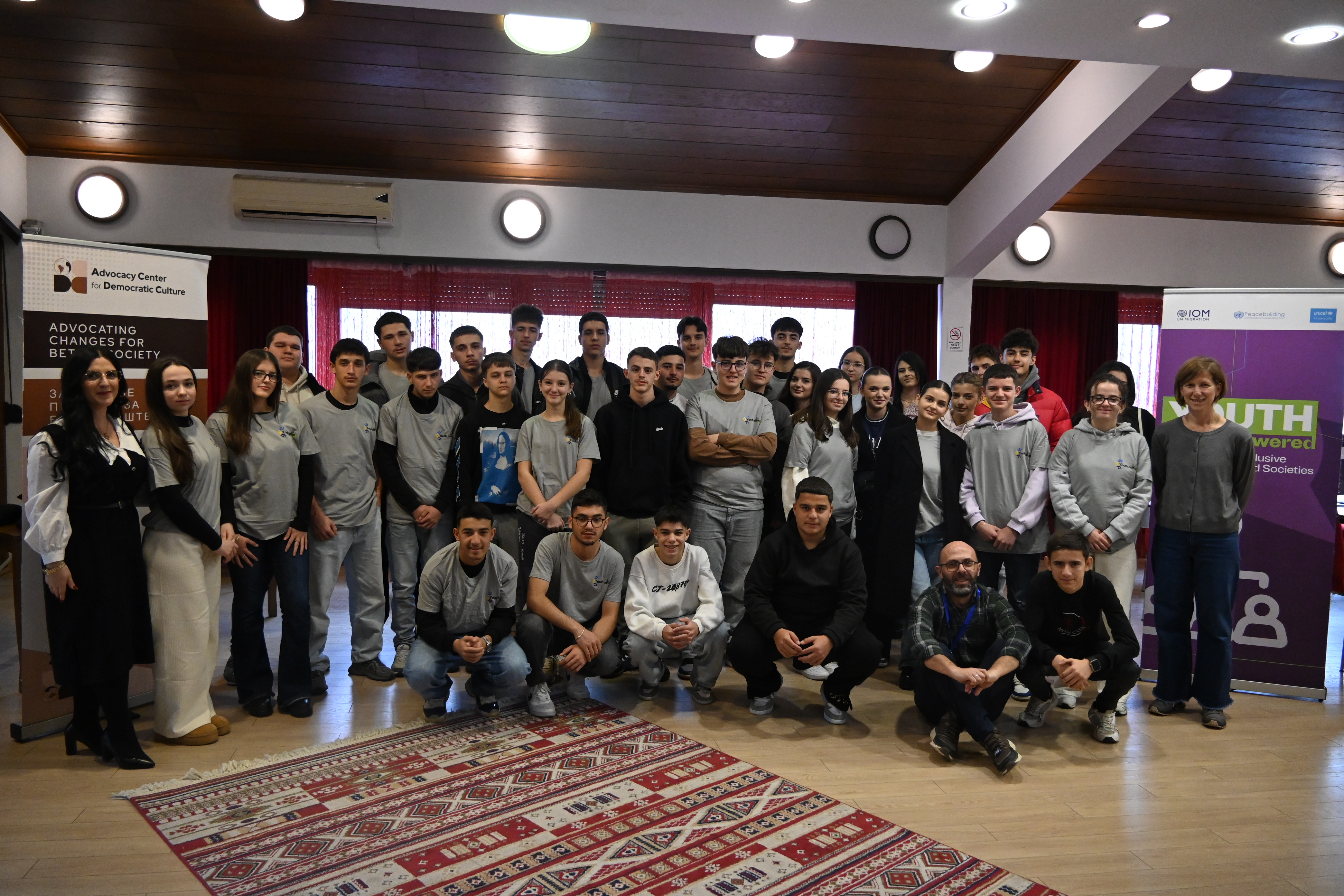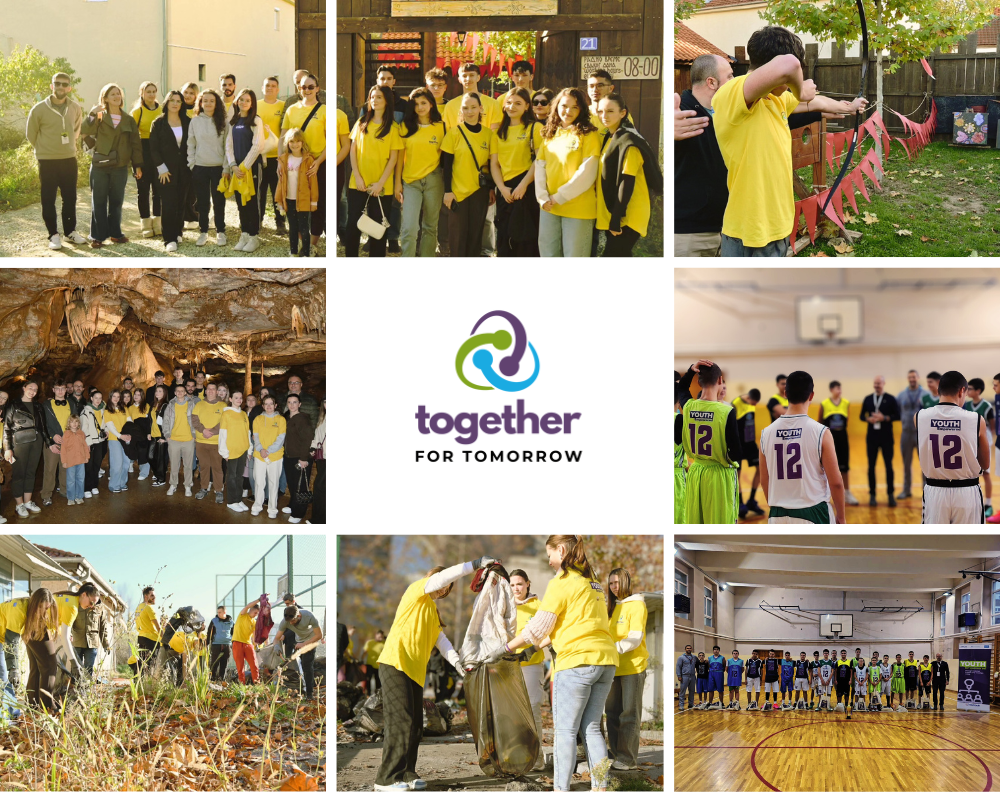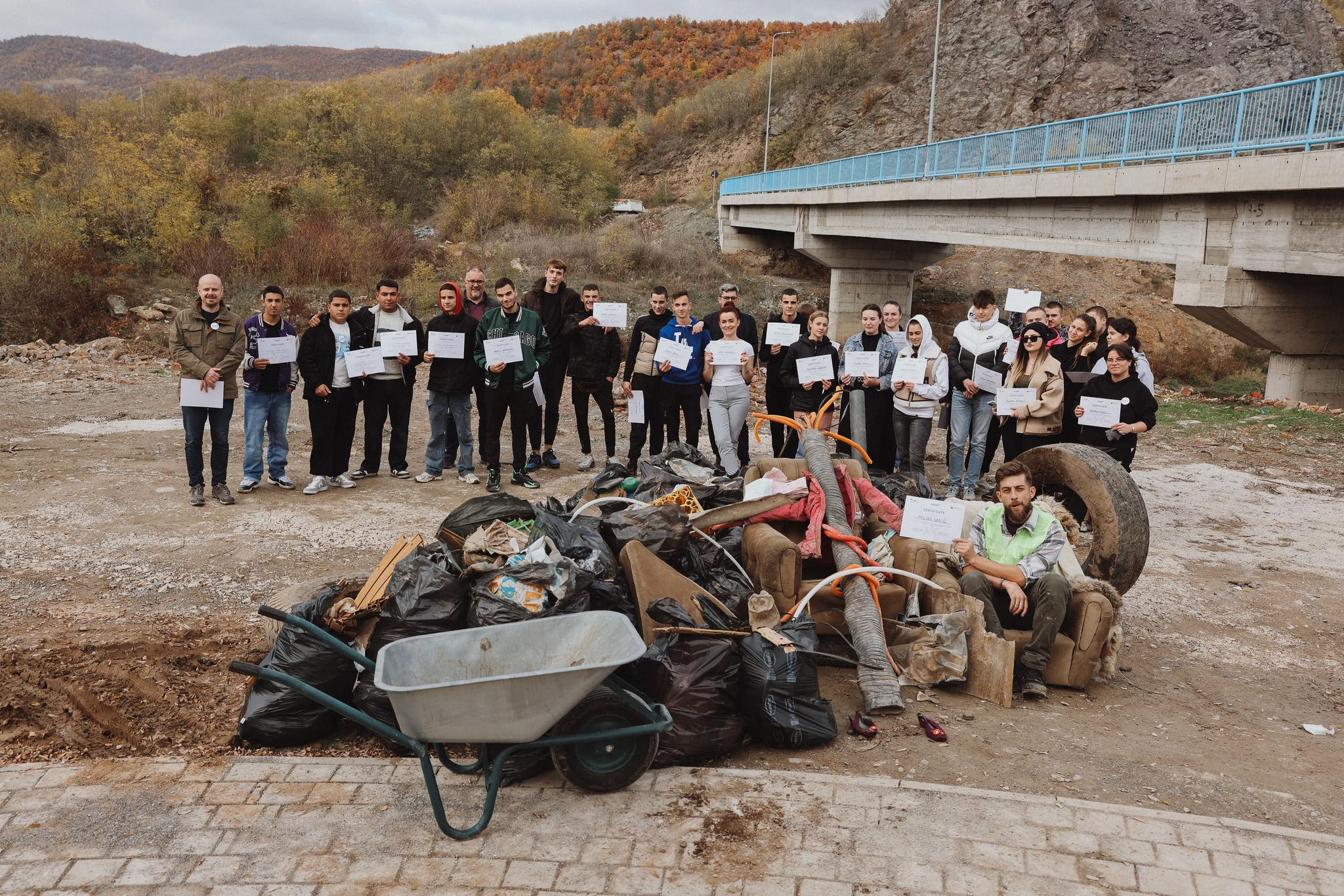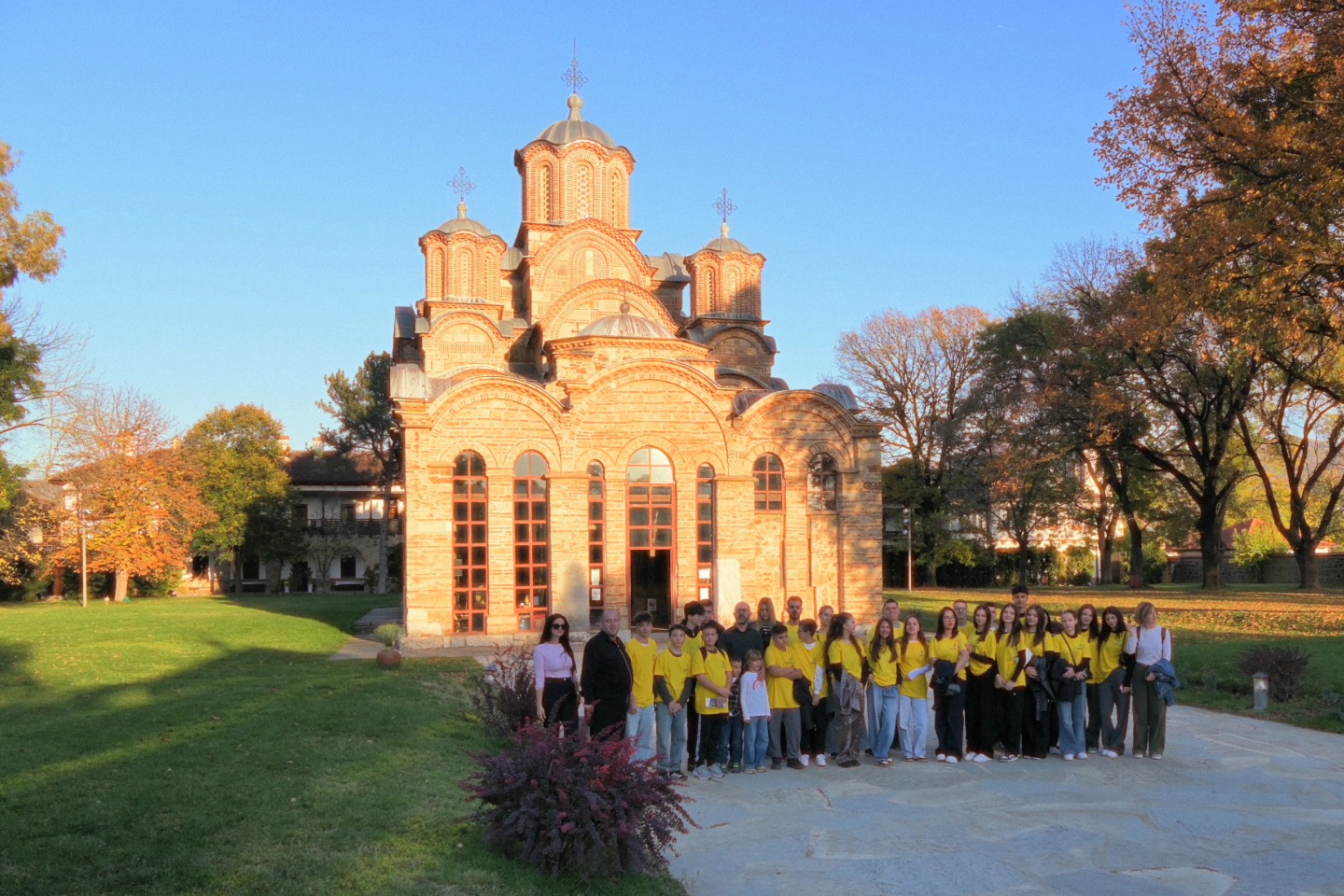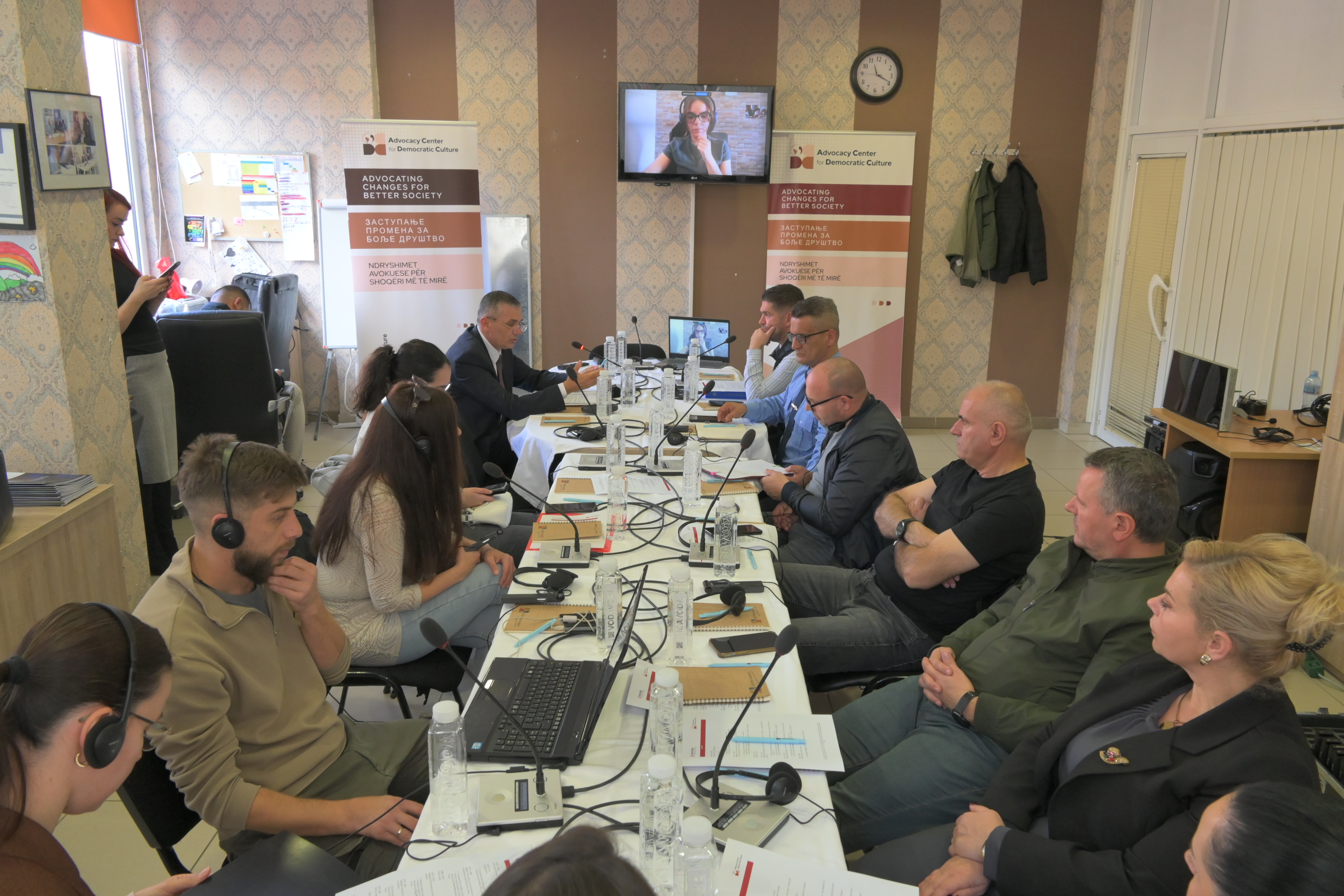21.03.2024. » 05:38
OP - ED Juvenile Delinquency - Understanding the Basic Characteristics
Juvenile delinquency is a phenomenon encountered since the earliest times of human society.
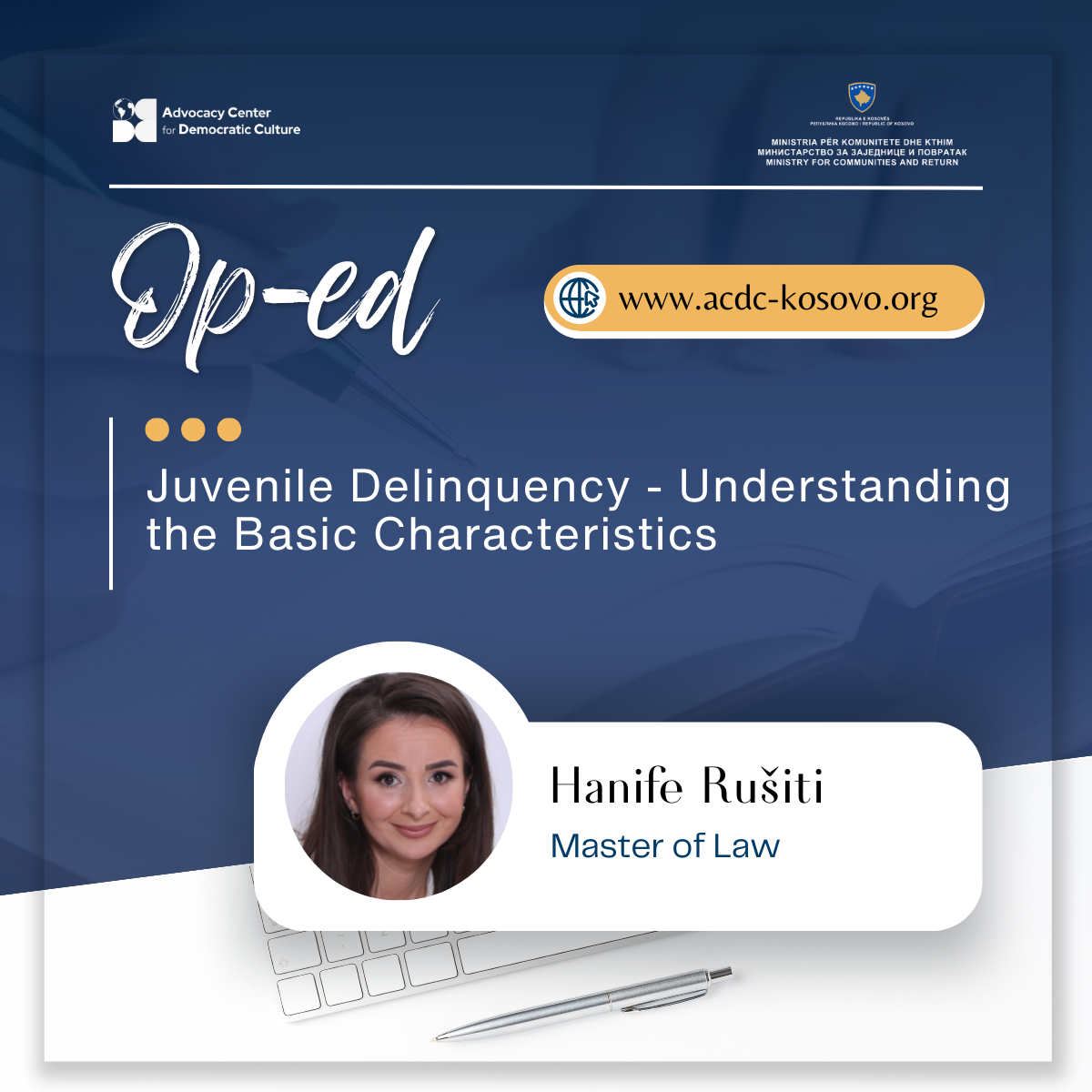
Juvenile delinquency is a phenomenon encountered since the earliest times of human society.
Juvenile crime is a current phenomenon also due to the fact that it constitutes somewhere between 10-30% of crime with a rising trend. In terms of the scope and structure of general crime in Kosovo, juvenile delinquency has a specific weight in terms of the forms of appearance and variety of committed acts, as well as in terms of the harmful human, social, economic, psychological, and other consequences for the health, well-being, and wealth of individuals, families, and society as a whole.
The purpose of this article is to recognize the extent, structure, and dynamics of this phenomenon, to comprehensively analyze the impact of general factors, especially poverty, unemployment, special factors (parental separation, orphaned children, negative parental attitudes), neglect of the child, the still specific position of the mother in raising the child, etc., on juvenile delinquent persons; work and functioning of institutions and other relevant organizations that can directly influence delinquents, starting from the family, schools, social welfare centers, police, courts, non-governmental organizations, and others, which play an important role in preventing and limiting or encouraging, contributing to, and manifesting the phenomenon of juvenile delinquency, especially the influence of mass media, film, the internet, and others, to take organized and systematic preventive measures and reduce the rate of juvenile delinquency, as well as to work on preventing the recruitment of new delinquents and recidivists through adequate repressive activities or measures towards delinquents. The criminal procedure for juveniles is considered from various social, economic, psychological, pedagogical, legal-criminal, and other perspectives.
Juvenile crime is an integral part of general crime, however, due to the age of juveniles as well as many sociological, psychological, criminal-political, legal, and other characteristics, in the criminal laws of present states, regardless of their diversity, perpetrators of minor criminal offenses are treated differently, more leniently and favorably, compared to perpetrators of serious criminal offenses. This more favorable treatment is present in the field of material, procedural, and penitentiary legislation. Therefore, we must have a theoretical and practical object of research to deepen our knowledge of the general and specific factors influencing the criminal procedure, the treatment of juvenile persons in criminal proceedings, as well as the re-education of juveniles.
Some of the methods for researching this phenomenon are:
Historical materialism - this method shows that juvenile delinquency did not arise by chance, but that the economic and social conditions of a given area, social and political conditions, and cultural-historical conditions influenced its birth. Individual method (clinical method) - this type of research studies the personality of the juvenile at least from a sociological, psychological, and psychiatric point of view, and the purpose of these studies is to obtain data on the basic characteristics of the personality of the juvenile delinquent, motives and impulses for committing the crime, characteristics of the social environment in which the perpetrator lived. Studies using the so-called clinical method are also known, which are analyzed in several phases; medical, psychological, and social analysis, establishing a diagnosis, giving a prognosis, and giving proposals for penological treatment.
Juvenile Justice
This system aims at the well-being of juveniles and ensures that every response to juvenile offenders is always proportionate to the circumstances of the offender and the criminal offense. Different measures are imposed on juvenile offenders and, if necessary, educational measures. A child participating in criminal proceedings is allowed to express themselves freely. Each juvenile deprived of liberty is treated humanely for their human dignity and, in that case, their personal needs of their age are taken into account. Specifically, every juvenile deprived of liberty has the right to urgent legal and other adequate assistance, as well as to challenge the legality of deprivation of liberty before an independent and impartial court and in a speedy trial.
The concept of dealing with juvenile offenders is in line with modern trends in criminal law and criminology. Based on the Law on Juveniles, terms have been defined to define juveniles, for example: a child is a person who has not reached the age of 18, a juvenile is between 14 and 18 years old, a younger juvenile is between 14 years old and 16, juveniles between 16 and 18 years old, a younger adult is from 18 to 21 years old, an adult is a person who has reached the age of 18. A specialized educational program is tailored to the specific needs of the offender, aimed at assisting in overall development and reducing the likelihood of repeated criminal offenses. Imprisonment for juveniles, a sentence for juvenile offenders, is based on Chapter Four of this Law. According to the Law on Juvenile Justice, Article 29 paragraph 1, the purpose of punishing juveniles is to contribute to the rehabilitation and development of the juvenile offender, especially in the education of juveniles, professional development, and training, and proper personal development. In addition, juvenile detention should positively impact the juvenile through protection, assistance, and supervision to prevent the recurrence of the same criminal offenses.
Within the laws that had to be prepared, due to the urgency and necessity of combating crime, the UNMIK administration first started working on the preparation of the Criminal Code and the Criminal Procedure Code. In line with the modern concept of state-building construction of criminal law for juveniles and the possibility of more consistent work on drafting criminal law, it was decided that the issue of criminal-legal treatment of juvenile offenders should be separated from the criminal law and regulated by a special law. During 2000 and 2001, a working group, consisting of experts from UNICEF and OSCE, the Council of Europe, UNICEF, the American Bar Association (ABA/CEL), and the Kosovo Institute for Justice, prepared a draft Criminal Code for Juveniles in Kosovo, which was approved on April 20, 2004, and came into force on the same day. Thus, for the first time in the history of Kosovo, as well as in other countries of Western Europe, the issue of criminal-legal treatment of juvenile offenders was regulated by a special law. The structure and concept of the Criminal Code for Juveniles have a total of 162 articles and are organized into five parts and 21 chapters.
Author: Hanife Rušiti, Master of Law - Criminal Sciences.
Latest news


